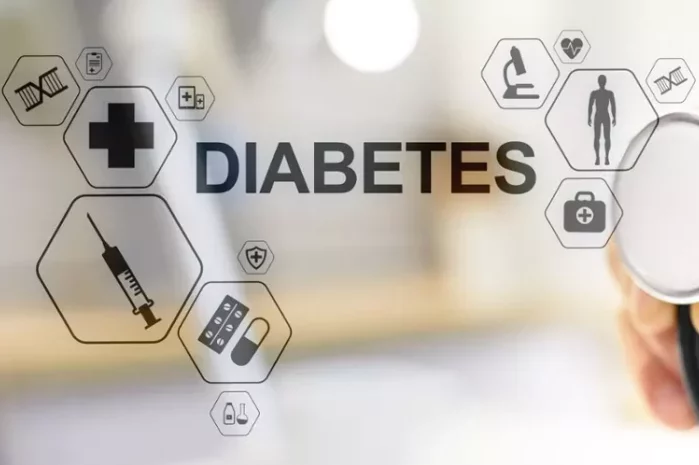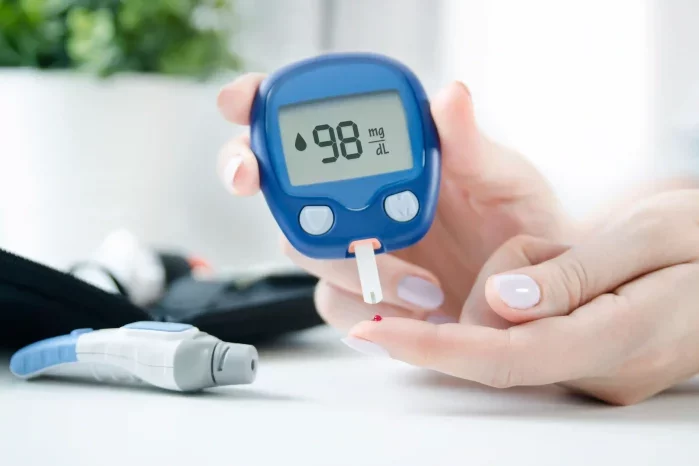Introduction to Type 2 Diabetes and SGLT2 Inhibitors
Type 2 diabetes is a chronic metabolic disorder characterized by insulin resistance and impaired insulin secretion, leading to elevated blood glucose levels. Management of type 2 diabetes involves a combination of lifestyle modifications and pharmacotherapy aimed at controlling blood sugar levels and preventing complications.
SGLT2 inhibitors, approved by the FDA in 2013, represent a novel approach to lowering blood glucose levels by targeting renal glucose reabsorption. Unlike other diabetes medications that primarily act on the pancreas or liver, SGLT2 inhibitors work in the kidneys, providing a complementary mechanism of action.
Mechanism of Action
The primary function of the kidneys is to filter blood, removing waste products and excess substances while reabsorbing essential nutrients. Glucose reabsorption in the kidneys is mediated by sodium-glucose cotransporters, primarily SGLT2, located in the proximal tubules. Under normal circumstances, SGLT2 reabsorbs approximately 90% of the glucose filtered by the glomeruli.
SGLT2 inhibitors block this transporter, preventing glucose reabsorption and promoting its excretion in the urine. This process, known as glucosuria, effectively reduces blood glucose levels. By decreasing renal glucose reabsorption, SGLT2 inhibitors also contribute to a reduction in the renal threshold for glucose, allowing more glucose to be excreted at lower plasma glucose concentrations.
Available SGLT2 Inhibitors
Several SGLT2 inhibitors have been approved for use in managing type 2 diabetes. These include:
- Canagliflozin (Invokana)
- Dapagliflozin (Farxiga)
- Empagliflozin (Jardiance)
- Ertugliflozin (Steglatro)
Each of these medications has undergone extensive clinical trials to demonstrate their efficacy and safety in managing type 2 diabetes.
Clinical Benefits of SGLT2 Inhibitors
Glycemic Control
SGLT2 inhibitors have been shown to effectively lower HbA1c levels by approximately 0.5% to 1.0% when used as monotherapy or in combination with other antidiabetic agents. This reduction is comparable to that achieved with other classes of diabetes medications.
Weight Loss
One of the notable benefits of SGLT2 inhibitors is their ability to promote weight loss. The excretion of glucose in the urine represents a loss of calories, which can contribute to modest weight reduction. Clinical trials have reported weight loss of 2 to 3 kg over a year of treatment.
Blood Pressure Reduction
SGLT2 inhibitors have also been associated with reductions in systolic and diastolic blood pressure. The mechanism behind this effect is not entirely understood but may be related to the mild diuretic effect of these drugs, as they increase urinary glucose and sodium excretion.
Cardiovascular Benefits
Several large-scale cardiovascular outcome trials have demonstrated significant cardiovascular benefits with SGLT2 inhibitors, particularly in patients with established cardiovascular disease. These benefits include:
Reduced Risk of Major Adverse Cardiovascular Events (MACE): Empagliflozin (EMPA-REG OUTCOME trial) and canagliflozin (CANVAS program) have been shown to reduce the risk of MACE, including cardiovascular death, non-fatal myocardial infarction, and non-fatal stroke.
Reduction in Heart Failure Hospitalizations: Dapagliflozin (DECLARE-TIMI 58 trial) and other SGLT2 inhibitors have demonstrated a reduction in hospitalizations for heart failure, even in patients without a history of heart failure.
Renal Protection
SGLT2 inhibitors have shown promising results in slowing the progression of diabetic kidney disease. Clinical trials such as the CREDENCE study with canagliflozin have demonstrated significant reductions in the risk of renal endpoints, including progression to end-stage renal disease, doubling of serum creatinine, and renal or cardiovascular death.
Potential Risks and Side Effects
While SGLT2 inhibitors offer several benefits, they are not without potential risks and side effects. These include:
Genital and Urinary Tract Infections
The increased excretion of glucose in the urine can create an environment conducive to the growth of bacteria and yeast, leading to an increased risk of genital and urinary tract infections. These infections are generally mild and can be managed with appropriate treatment.
Ketoacidosis
Euglycemic diabetic ketoacidosis (DKA) is a rare but serious complication associated with SGLT2 inhibitors. This condition can occur even with normal or mildly elevated blood glucose levels. Patients should be educated about the symptoms of DKA, including nausea, vomiting, abdominal pain, and difficulty breathing, and advised to seek medical attention if these occur.
Bone Fractures and Amputations
Canagliflozin has been associated with an increased risk of bone fractures and lower limb amputations in some studies. However, this risk does not appear to be a class effect, as it has not been observed with other SGLT2 inhibitors to the same extent. Patients with a history of fractures or at high risk for fractures should be carefully monitored.
Volume Depletion
The diuretic effect of SGLT2 inhibitors can lead to volume depletion, particularly in patients who are also taking diuretics or have conditions predisposing them to dehydration. Symptoms of volume depletion include dizziness, hypotension, and orthostatic hypotension.
Practical Considerations in Clinical Practice
Patient Selection
SGLT2 inhibitors are typically considered for patients with type 2 diabetes who have not achieved adequate glycemic control with first-line therapies such as metformin. They are particularly beneficial for patients with cardiovascular disease or at high risk for cardiovascular events, as well as those with diabetic kidney disease.
Monitoring
Patients starting on SGLT2 inhibitors should be monitored for renal function, blood pressure, and signs of genital or urinary tract infections. Periodic assessment of electrolytes and ketone levels may also be warranted, particularly in patients at higher risk for ketoacidosis.
Combination Therapy
SGLT2 inhibitors can be used in combination with other antidiabetic agents, including metformin, sulfonylureas, DPP-4 inhibitors, GLP-1 receptor agonists, and insulin. Combining therapies can enhance glycemic control and provide complementary benefits.
Lifestyle Modifications
As with all antidiabetic medications, the use of SGLT2 inhibitors should be accompanied by lifestyle modifications, including dietary changes, increased physical activity, and weight management. These measures can enhance the effectiveness of the medication and improve overall health outcomes.
Future Directions and Ongoing Research
Research on SGLT2 inhibitors continues to evolve, with ongoing studies exploring their potential benefits beyond glycemic control. Areas of interest include:
Expanded Cardiovascular and Renal Benefits
Further research is investigating the cardiovascular and renal benefits of SGLT2 inhibitors in broader populations, including those without diabetes but with high cardiovascular or renal risk.
Heart Failure Management
SGLT2 inhibitors are being studied for their role in managing heart failure with preserved ejection fraction (HFpEF), a condition with limited treatment options. Preliminary results are promising, suggesting potential benefits in reducing hospitalizations and improving quality of life.
Combination Therapies
Studies are also examining the efficacy and safety of combining SGLT2 inhibitors with other emerging therapies for diabetes and related conditions. These combinations may offer synergistic effects and improved outcomes.
See also: What Supplements Should Diabetics Avoid?
Conclusion
SGLT2 inhibitors represent a significant advancement in the management of type 2 diabetes, offering unique benefits for glycemic control, weight loss, blood pressure reduction, and cardiovascular and renal protection. While these medications are generally well-tolerated, they are not without potential risks, and careful patient selection and monitoring are essential. As research continues to uncover new insights into their mechanisms and benefits, SGLT2 inhibitors are likely to play an increasingly important role in the comprehensive management of type 2 diabetes and related conditions.
Related topics:
What Exercise is Good for Type 2 Diabetes?

























